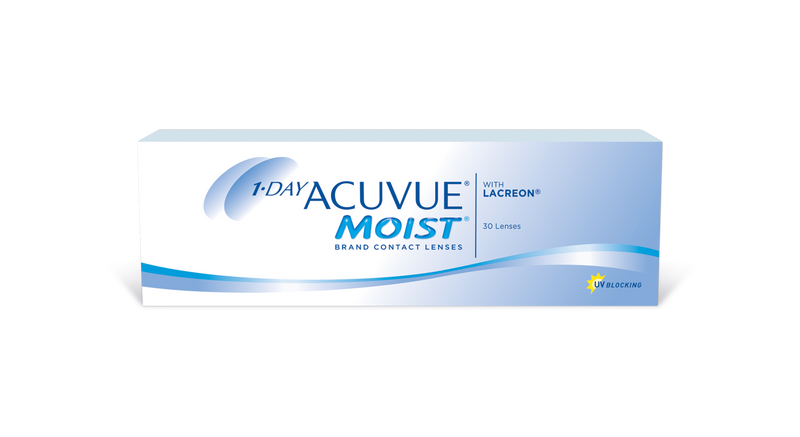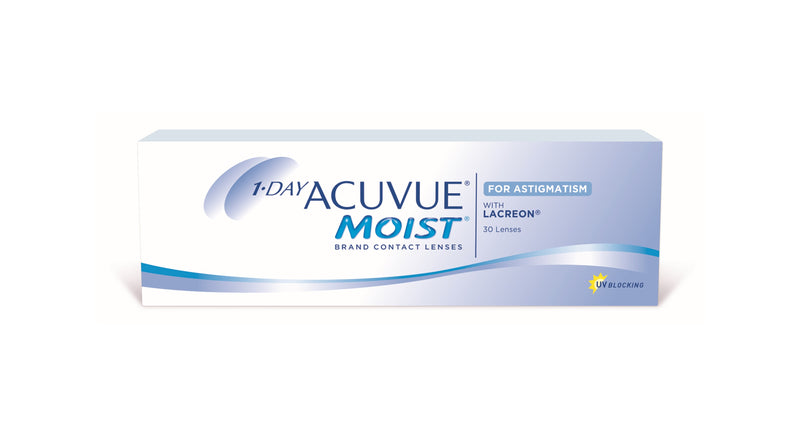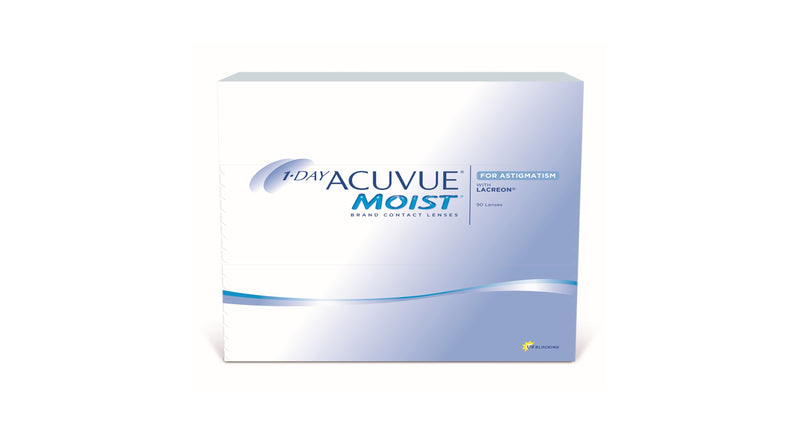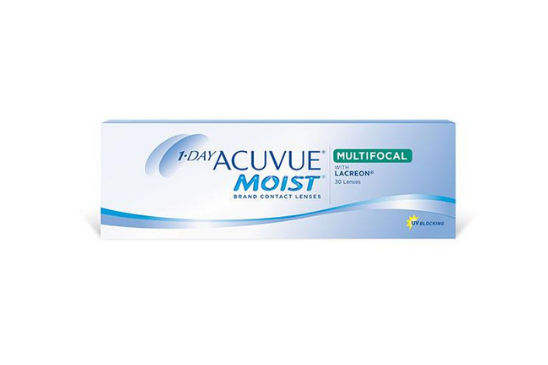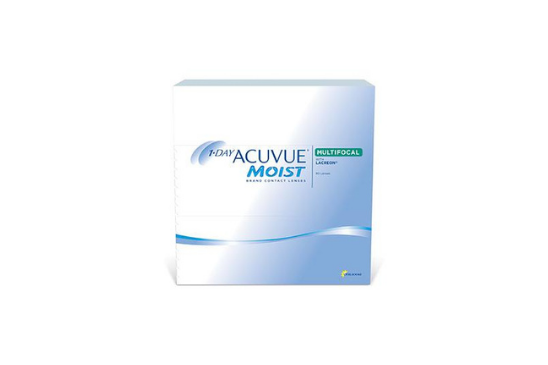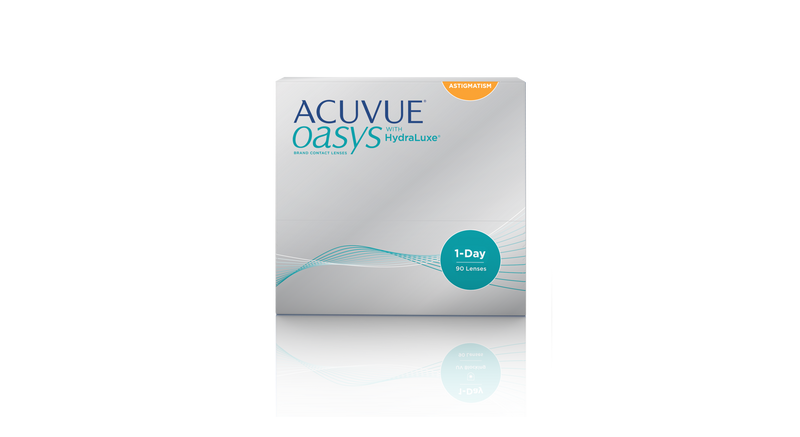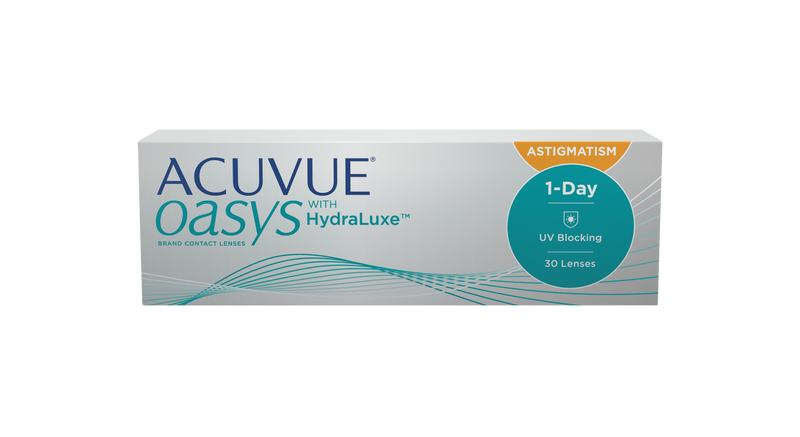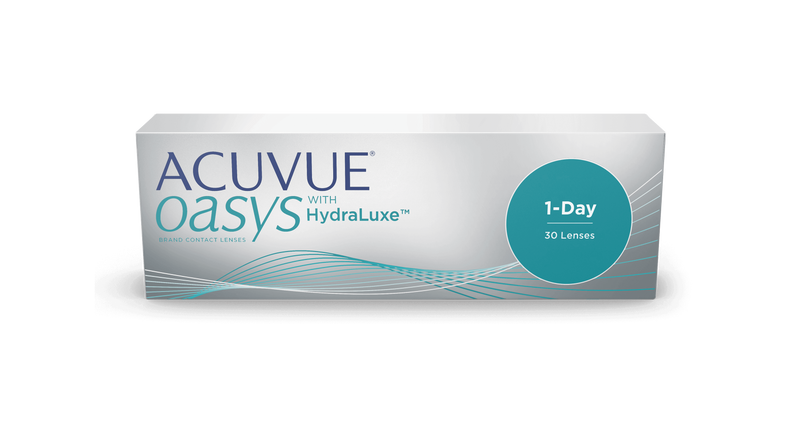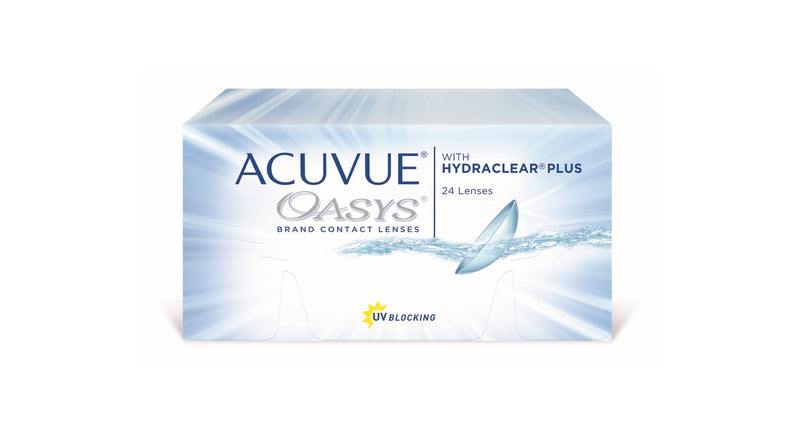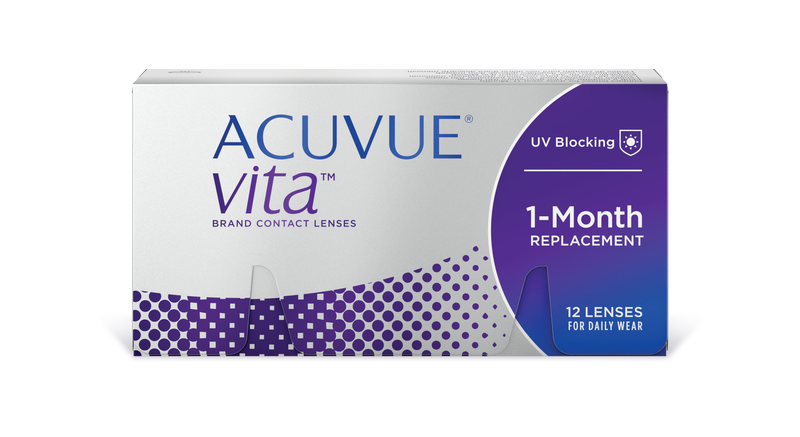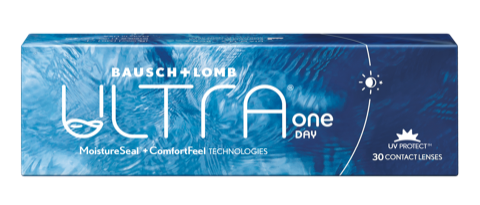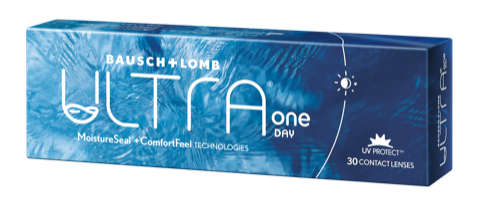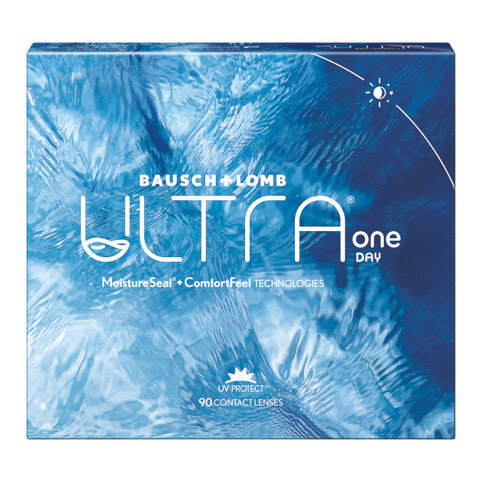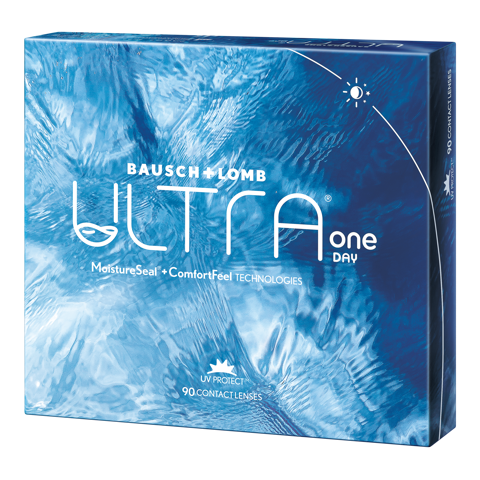
How to fix bad vision by Look Optometry
Share
Today, we're diving into a concern that affects millions worldwide—bad vision. Whether you’re dealing with nearsightedness, farsightedness, or other visual impairments, understanding the roots of poor vision and the solutions available is crucial.
Good vision significantly enhances the quality of life. It not only affects our ability to navigate our environment but also impacts our educational and occupational opportunities, social interactions, and overall well-being. Despite its importance, many people experience vision problems at some point in their lives.
In this post, we’ll explore the various causes of poor vision, discuss professional treatments, and suggest lifestyle adjustments that can help manage or potentially improve your eyesight. Our goal is to empower you with knowledge and practical tips to take proactive steps towards better eye health. So, let’s get started on the path to clearer vision!
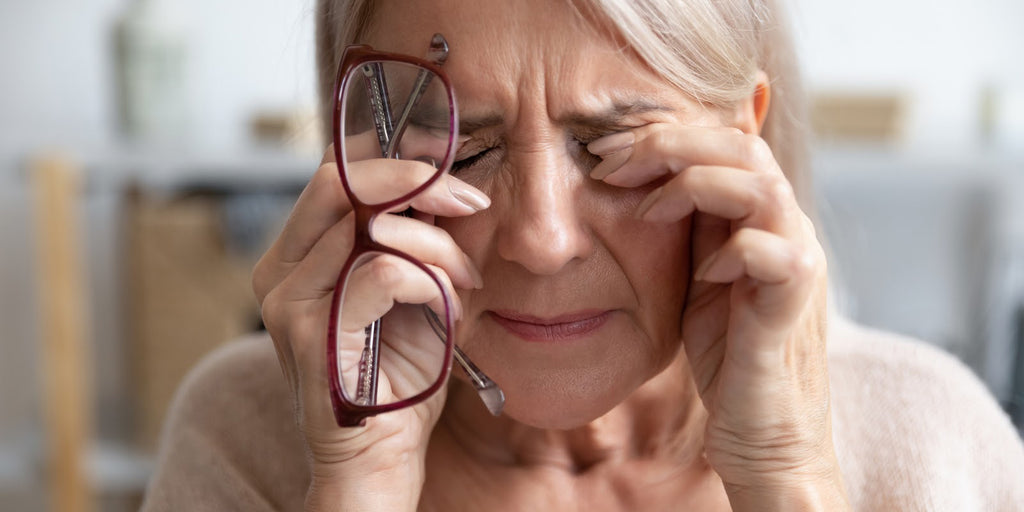
Understanding Vision Problems
Vision problems can vary widely in their symptoms and underlying causes. To effectively address poor vision, it’s essential first to understand the common conditions that contribute to it. Here’s an overview of the most prevalent vision issues and how they are diagnosed:
Common Causes
Myopia (Nearsightedness):
This occurs when the eye's shape causes light rays to bend (refract) incorrectly, focusing images in front of the retina instead of on it. This results in a blurry view of distant objects.
Hyperopia (Farsightedness):
In this condition, the eye is shorter than normal or has a flatter cornea, causing light to focus behind the retina. It makes nearby objects appear blurry.
Astigmatism:
This is caused by an irregularly shaped cornea or lens, which leads to distorted or blurred vision at any distance.
Presbyopia:
Often developing with age, this condition involves a gradual loss of the eye's ability to focus on close objects, due to hardening of the lens inside the eye.
Symptoms
Symptoms of vision problems can include:
- Blurry vision
- Double vision
- Hazy vision
- Seeing halos around lights
- Squinting or closing the eyes to see clearly
- Headaches and eye strain
Diagnosis
Diagnosing vision problems accurately is crucial for effective treatment.
Here’s what typically happens during an eye exam:
- Visual Acuity Test: This test measures the eye's ability to see details at various distances, typically using a chart with letters that decrease in size.
- Refraction Assessment: Using a device called a phoropter, an optometrist places various lenses in front of your eyes to determine the best prescription for eyeglasses or contact lenses.
- Eye Health Examination: The optometrist examines the eye's internal and external structures using specialized instruments like slit lamps and ophthalmoscopes. This helps to identify any underlying health issues that might affect vision.
Professional Treatments
After a thorough diagnosis, several treatment options are available depending on the specific nature and severity of the vision problem. Here at Look Optometry, we offer a range of solutions tailored to enhance your vision and improve your quality of life.

Below are some of the primary professional treatments we provide:
Eyeglasses and Contact Lenses
- Eyeglasses: The most common and straightforward solution for correcting refractive errors. Lenses are custom-made based on your specific prescription to compensate for nearsightedness, farsightedness, astigmatism, or presbyopia.
- Contact Lenses: A popular alternative to eyeglasses, contacts sit directly on the eye, providing a wider field of vision. They come in various types, including daily, weekly, and monthly disposables, as well as specialized options for conditions like astigmatism or multifocal needs.
Medications
- Eye Drops: For conditions like dry eye syndrome or allergies, prescription eye drops can provide relief and improve vision clarity by addressing underlying irritation or dryness.
- Ointments: Used for treating eye infections that might be affecting your vision, such as conjunctivitis or blepharitis.
Surgical Options
- LASIK (Laser-Assisted In Situ Keratomileusis): A popular surgical option for correcting vision, where a laser reshapes the cornea to allow light to focus more precisely on the retina.
- PRK (Photorefractive Keratectomy): Similar to LASIK but involves removing the outer layer of the cornea before reshaping it with a laser. It's often used for patients with thinner corneas.
- Cataract Surgery: Removes the cloudy lens from the eye and replaces it with an artificial one, restoring clear vision.
Advanced Procedures
- Corneal Cross-Linking: This procedure is used to treat keratoconus, a condition where the cornea thins and bulges outward, by strengthening the corneal tissue to halt progression of the disease.
- Implantable Collamer Lens (ICL): Similar to a contact lens, but surgically placed inside the eye, providing an alternative for those who are not candidates for LASIK or PRK.
Lifestyle Adjustments and Home Remedies
In addition to professional treatments, there are several lifestyle changes and home remedies that can support eye health and potentially improve vision. At Look Optometry, we encourage our patients to consider these holistic approaches as part of their overall eye care regimen. Here are some effective strategies:

Diet and Nutrition
- Eat Eye-Healthy Foods: A diet rich in fruits and vegetables, particularly dark leafy greens such as spinach, kale, and collard greens, is great for eye health. Foods high in omega-3 fatty acids, like salmon, tuna, and flaxseeds, can also help maintain eye function.
- Vitamins and Minerals: Ensure your diet includes plenty of vitamins C and E, zinc, and antioxidants, which can help ward off age-related vision problems like macular degeneration and cataracts. Supplements can also be helpful, but it's best to consult with a healthcare provider before starting any new regimen.
Protective Eyewear
- Sunglasses: Protecting your eyes from UV light with sunglasses can reduce the risk of cataracts and other eye problems. Make sure they block 100% of both UVA and UVB rays.
- Blue Light Filtering: Consider using blue light filters on screens or wearing glasses with blue light filtering capabilities, especially if you spend long hours in front of computers or digital devices.
Exercises for Eyes
- Regular Breaks: Practice the 20-20-20 rule—every 20 minutes, look at something 20 feet away for at least 20 seconds. This helps reduce eye strain from prolonged screen use.
- Eye Exercises: Engage in exercises like focusing on a distant object to strengthen eye muscles and improve focus flexibility.
- Blink Often: Blinking frequently helps to refresh the eyes, maintain moisture, and prevent irritation and dryness.
Environmental Modifications
- Adequate Lighting: Ensure that your reading and work areas are well-lit to reduce eye strain. Natural light is ideal, but if it's not available, use bright, direct artificial light.
- Humidity Control: If dry eyes are a problem, consider using a humidifier to add moisture to the air in your home or office.
Healthy Lifestyle
- Avoid Smoking: Smoking is linked to an increased risk of cataracts, optic nerve damage, and macular degeneration, among other health issues.
- Regular Exercise: Maintaining physical fitness can help prevent conditions like type 2 diabetes, which is the leading cause of blindness in adults.
Stress Management
- Relaxation Techniques: Stress can impact your vision. Techniques such as meditation, deep breathing, or yoga can help manage stress and reduce its effects on your overall health and eyesight.
Implementing these lifestyle adjustments and home remedies can significantly benefit your vision health. They complement medical treatments and can help delay or even prevent certain eye health issues. Remember, a proactive approach to eye care is key to maintaining good vision and overall health.
Technological Aids
In today’s digital age, technology plays a significant role in enhancing the lives of those with vision impairments. At Look Optometry, we recognize the importance of staying abreast of the latest advancements in technology that can assist our patients. Here’s an overview of some of the most helpful technological aids that can support those with vision challenges:

Apps and Software
- Magnification Apps: These apps use your smartphone’s camera to magnify text and objects, making it easier for those with low vision to read and perform tasks.
- Text-to-Speech Apps: Software like KNFB Reader and Natural Reader can convert printed text into spoken words, facilitating accessibility for those who find it difficult to see text clearly.
- Navigation Apps: Tools like Microsoft Soundscape and Seeing AI help visually impaired users navigate their surroundings more effectively by providing audio cues and descriptions of the environment.
Advanced Eyewear Technologies
- Smart Glasses: Devices such as eSight and OrCam MyEye are designed for visually impaired users. These smart glasses use cameras and other sensors to capture and display enhanced images directly in front of the wearer’s eyes, or read out text printed on surfaces in real-time.
- Virtual Reality (VR) and Augmented Reality (AR) Applications: VR and AR technologies are being explored for their potential to assist those with vision impairments by creating immersive environments that can be adjusted to the user’s specific visual needs.
Accessibility Features on Personal Devices
- Screen Readers: Built-in screen readers like Apple’s VoiceOver and Android’s TalkBack provide audible descriptions of what is displayed on your device screen, helping visually impaired users interact with their devices.
- High-Contrast and Large Text Options: Most modern operating systems offer settings to enhance screen contrast or increase text size, making it easier for those with poor vision to read and navigate their devices.
Wearable Tech
- GPS Wearables: Devices like the Sunu Band use echolocation or sonar technology to detect obstacles, helping users with vision impairments navigate outdoor spaces more safely.
- Fitness Trackers: These can be particularly useful for visually impaired individuals, offering audio feedback and vibration alerts for health tracking and navigation.
When to See a Professional
While lifestyle changes and technological aids can greatly improve quality of life and manage symptoms of poor vision, it's crucial to recognize when professional help is necessary. Regular check-ups and timely medical attention are key components of maintaining eye health and ensuring effective management of any vision issues.
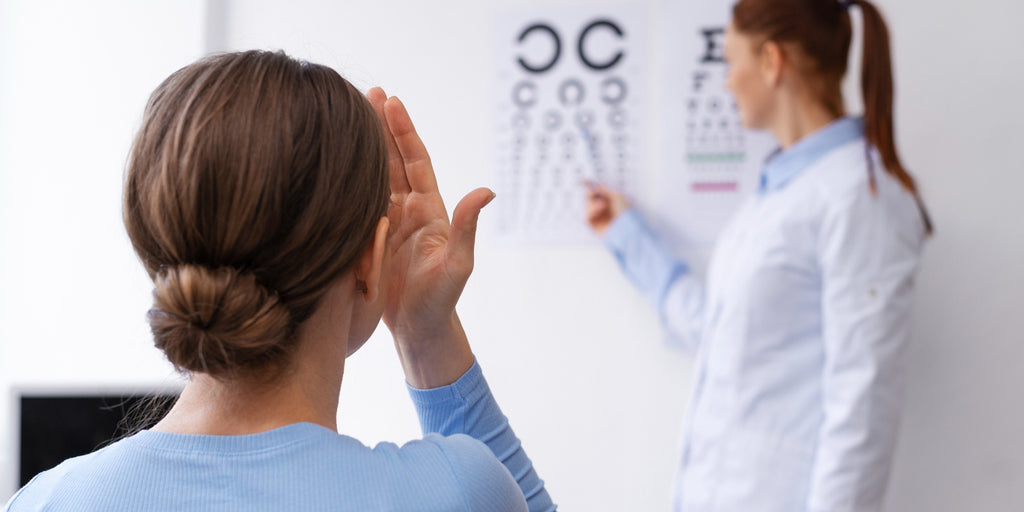
At Look Optometry, we stress the importance of seeking professional advice under the following circumstances:
Signs to Watch For
- Sudden Changes in Vision: If you experience a rapid onset of blurriness, double vision, or vision loss, it’s critical to see an eye care professional immediately.
- Persistent Eye Pain or Discomfort: Any continuous discomfort or pain in the eyes should be evaluated to rule out potential serious conditions.
- Increased Sensitivity to Light: If you find yourself suddenly intolerant to light, this could indicate an underlying issue that needs professional assessment.
- Visual Disturbances: Flashes of light, seeing floaters (small spots or lines), or a shadow in your peripheral vision are signs that require immediate attention from an eye care specialist.
Regular Check-ups
- Routine Examinations: Even if you do not have noticeable vision problems, regular eye exams are essential. Adults should have their eyes checked every one to two years, depending on their age, health history, and risk factors.
- Children’s Eye Health: Children should have vision screenings during pediatric appointments and possibly follow-up with a specialized eye care professional to ensure proper vision development.
- Elderly Patients: As we age, the risk of eye diseases like glaucoma, cataracts, and age-related macular degeneration increases, making regular exams even more crucial.
Benefits of Regular Eye Care
- Early Detection: Many eye diseases, if caught early, can be treated successfully, preventing further deterioration of vision.
- Updated Prescriptions: Regular check-ups ensure that any vision aids, like glasses or contact lenses, are up to date and effectively correcting vision.
- Comprehensive Care: An eye care professional can provide a holistic approach to treatment, including managing any contributing factors to poor eye health or coordinating with other healthcare professionals when necessary.
Conclusion
Thank you for joining us on this comprehensive journey through understanding and addressing bad vision. At Look Optometry, we are dedicated to enhancing your eye health and vision quality through a combination of advanced treatments, practical lifestyle advice, and cutting-edge technology.
